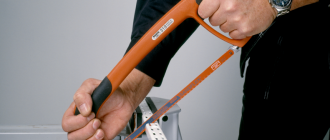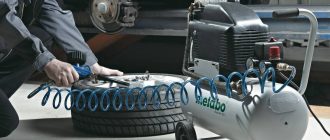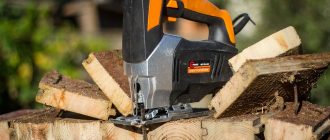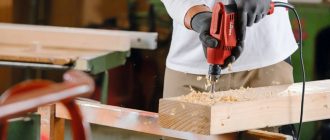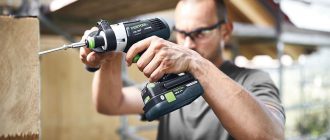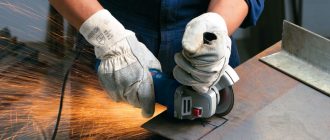
Laser level or level replaces a water level, a plumb line and a chopping (marking) line, ahead of them in accuracy and ease of use. It is used in almost all areas related to construction, repair, installation, where high accuracy of marking, clear parallels and perpendiculars is required. Tilers, bricklayers, most installers, electricians, plumbers and plumbers cannot do without it. Even at home, the level will help to glue the wallpaper with high quality or lay the right foundation for any device or device, for example, evenly cement the guides for the sawmill.
Go directly to the rating of laser levels and levels =>
How to Pick a Good Laser Level
Laser levels differ from each other more significantly than water levels. They are divided into linear, point, rotary and combined - they combine two or three types.
Point - the simplest device, reminiscent of a laser pointer mounted on a base. Focuses an invisible laser beam into one point. It is used to transfer markings between opposite walls or floor and ceiling. Models with multiple laser emitters are available to increase efficiency.
Point level - the cheapest, easiest to operate and adjust laser level. Its beam beats farther than in other levels, and remains clearly visible in daylight. Among the disadvantages: you need to install on a perfectly flat surface if you plan to turn it to work with a second wall, or buy a self-leveling one.
Linear - the most demanded type of levels. It builds horizontal planes or planes intersecting at right angles thanks to prisms that split and scatter rays, covering a space of 160about... The main advantage is the automatic leveling system. It usually compensates for an error of up to 3-60thanks to a pendulum or electronics. The accuracy reaches 1 cm per 100 m. The prism decomposes the beam, which reduces the range of its visibility and limits the ability to operate the device in sunlight.
Rotary level - builds a horizontal plane in huge rooms and outside them. Presented by a point rotating laser that covers the space around it 3600... Depending on the model, the beams spread over a distance of up to 150-200 (with a receiver) and more meters and 40-60 meters without a receiver. They differ in low error and self-leveling angles up to 60... Many devices work only in the horizontal plane, but there are also models with a pair of emitters. They are suitable for the construction and installation of huge buildings, used in landscape design.
Maximum distance. Shows how far the builder will be able to distinguish the laser mark. Models with a value of about 10 m are suitable for small living spaces. Devices with a beam range of up to 50 m can be used in larger rooms and outdoors (in sunny weather - in the shade). Laser beam receivers "see" the beam at a distance up to 10 times greater than the human eye can see. Supplied with some models. Devices with a second class of laser are suitable for the street, but not for bright sun.
The number of rays. The number of beams depends on the number of emitters. They are responsible for drawing lines or points.One - forms a point or line, two - horizontal and vertical lines, three build a pair of vertical lines in different planes and a horizontal one.
The line can be formed by two or four rays. Circular - created by one rotating emitter or four emitting at right angles to each other. The second unit is usually more accurate and brighter, but more expensive. The option to turn off the emitters is useful.
Automatic leveling system. The mechanism is relevant when you need to maintain accurate horizontal and vertical lines. By mounting on a pendulum or by means of electronics, the devices are able to correct the beam propagation when deviating from the ideal horizontal up to 3-60In some models, an audible alert is turned on when the electronics do not cope with the task (for example, a large deviation). Sometimes slope is useful - when pouring surfaces with a slope for water drainage - it is advisable to turn off the beep option. The presence of plumb points will allow you to control the vertical.
Accuracy. One of the fundamental parameters of the laser level. Indicates the tolerance of the deflection of the laser beam in cm or mm per unit length (1 m, 100 m). For household appliances, an error of up to 0.5-1 mm per meter is allowed. Taking into account the maximum range of the beam within 10-15 m, it can deviate by 5-10 mm or more. Industrial devices operate over long distances, their accuracy should be higher - within 0.3 - 0.5 mm per 1 meter. Expensive professional devices that spread the beam over a distance of a couple of hundred meters have an accuracy in the range of 0.05 - 0.3 mm.
